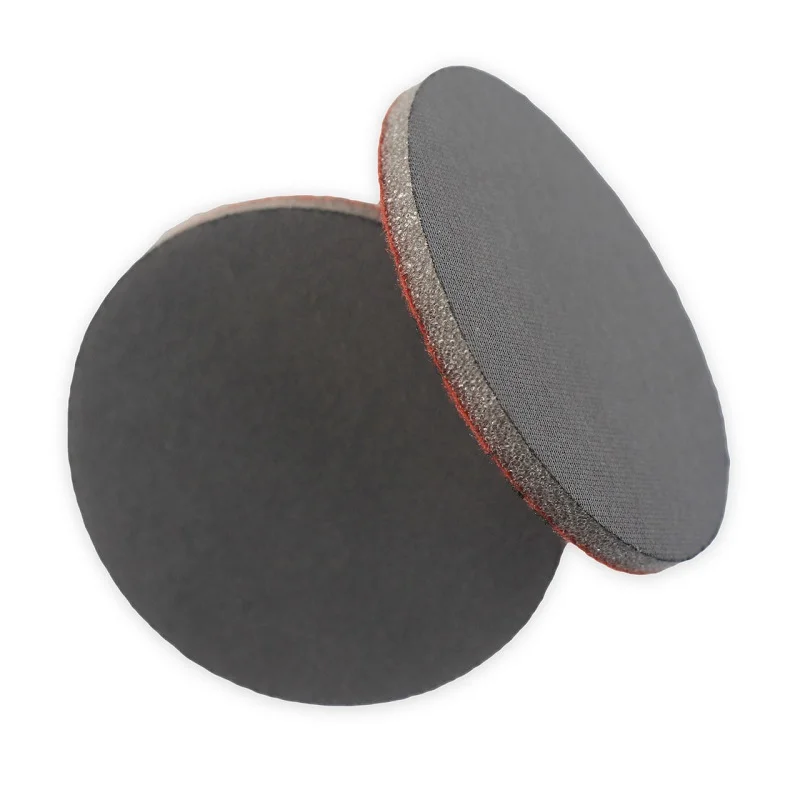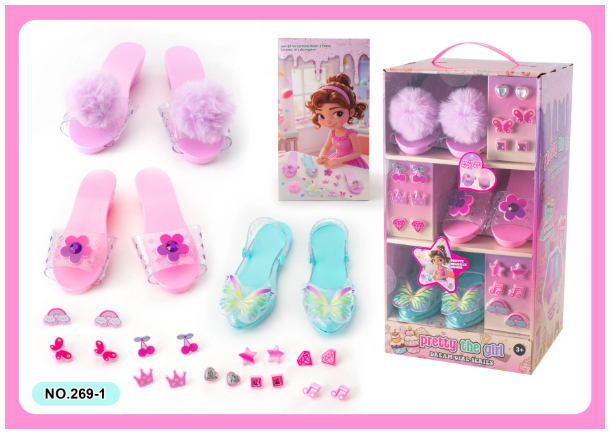Unveiling the Best Breathable Fabrics for Sports: A Comprehensive Guide to Optimal Performance
When it comes to sports apparel, the choice of fabric can significantly impact an athlete's performance, comfort, and overall experience. Among the myriad of options available, breathability stands out as a crucial factor. Breathable fabrics allow moisture and heat to escape, keeping athletes cool and dry during intense physical activities. But what is the most breathable fabric for sports? In this article, we will delve into the characteristics of breathable fabrics, explore various options, and provide insights into how to choose the right material for your athletic needs.
Understanding Breathability in Fabrics
Breathability refers to a fabric's ability to allow air and moisture vapor to pass through it. This characteristic is essential for athletes who engage in high-intensity sports, as it helps regulate body temperature and prevents overheating. Breathable fabrics typically feature a combination of lightweight construction, moisture-wicking properties, and ventilation.
Key Characteristics of Breathable Fabrics
- Moisture-Wicking: Fabrics that wick moisture away from the skin help keep athletes dry. This is particularly important during strenuous activities, where sweat can accumulate and lead to discomfort.
- Lightweight: Lightweight materials reduce the overall burden on the athlete, allowing for greater freedom of movement. Heavier fabrics can restrict motion and lead to fatigue.
- Ventilation: Fabrics with mesh panels or open weaves enhance airflow, further promoting breathability. This feature is especially beneficial in warmer climates or during high-intensity workouts.
- Quick-Drying: Fabrics that dry quickly help maintain comfort and prevent chafing, making them ideal for sports that involve water or high sweat levels.
Top Breathable Fabrics for Sports
- Polyester: Known for its moisture-wicking properties, polyester is a popular choice for sportswear. It is lightweight, durable, and dries quickly, making it suitable for various athletic activities. Additionally, polyester can be engineered with microfibers to enhance breathability.
- Nylon: Nylon is another synthetic fabric that excels in breathability. It is known for its strength and elasticity, allowing for a snug fit without sacrificing comfort. Nylon blends often incorporate mesh panels for added ventilation.
- Merino Wool: While wool may not be the first fabric that comes to mind for sports, merino wool is surprisingly breathable and moisture-wicking. It regulates temperature effectively, keeping athletes warm in cold conditions and cool in heat. Moreover, it has natural odor-resistant properties, making it ideal for long-duration activities.
- Bamboo Fabric: Bamboo is an eco-friendly option that offers excellent breathability. It has natural moisture-wicking properties and is soft against the skin. Bamboo fabric also has antimicrobial qualities, which can help reduce odor during workouts.
- Lycra/Spandex Blends: These stretchy fabrics are often used in athletic wear for their ability to provide a snug fit while allowing for a full range of motion. When blended with breathable materials, they enhance comfort and performance.
- Cotton: While cotton is a natural fiber known for its softness, it is not the best choice for high-intensity sports. Cotton absorbs moisture and can become heavy and uncomfortable when wet. However, it can be suitable for low-intensity activities or casual wear.
Choosing the Right Fabric for Your Sport
When selecting breathable fabrics for sports, consider the following factors:
- Type of Activity: Different sports have varying demands. For example, running may require lightweight, moisture-wicking fabrics, while yoga might benefit from stretchy, breathable materials.
- Climate: The weather conditions can influence your fabric choice. In hot and humid environments, prioritize fabrics with high moisture-wicking and ventilation properties.
- Personal Preference: Comfort is subjective. Some athletes may prefer the feel of natural fibers like merino wool or bamboo, while others may opt for synthetic options like polyester or nylon.
Conclusion
In the quest for optimal athletic performance, the choice of breathable fabric plays a pivotal role. While there is no one-size-fits-all answer to the question of the most breathable fabric for sports, understanding the characteristics and benefits of various materials can help athletes make informed decisions. Polyester, nylon, merino wool, bamboo, and Lycra blends each offer unique advantages, catering to different sports and personal preferences. By prioritizing breathability in your sportswear, you can enhance your comfort, performance, and overall enjoyment of physical activities.




